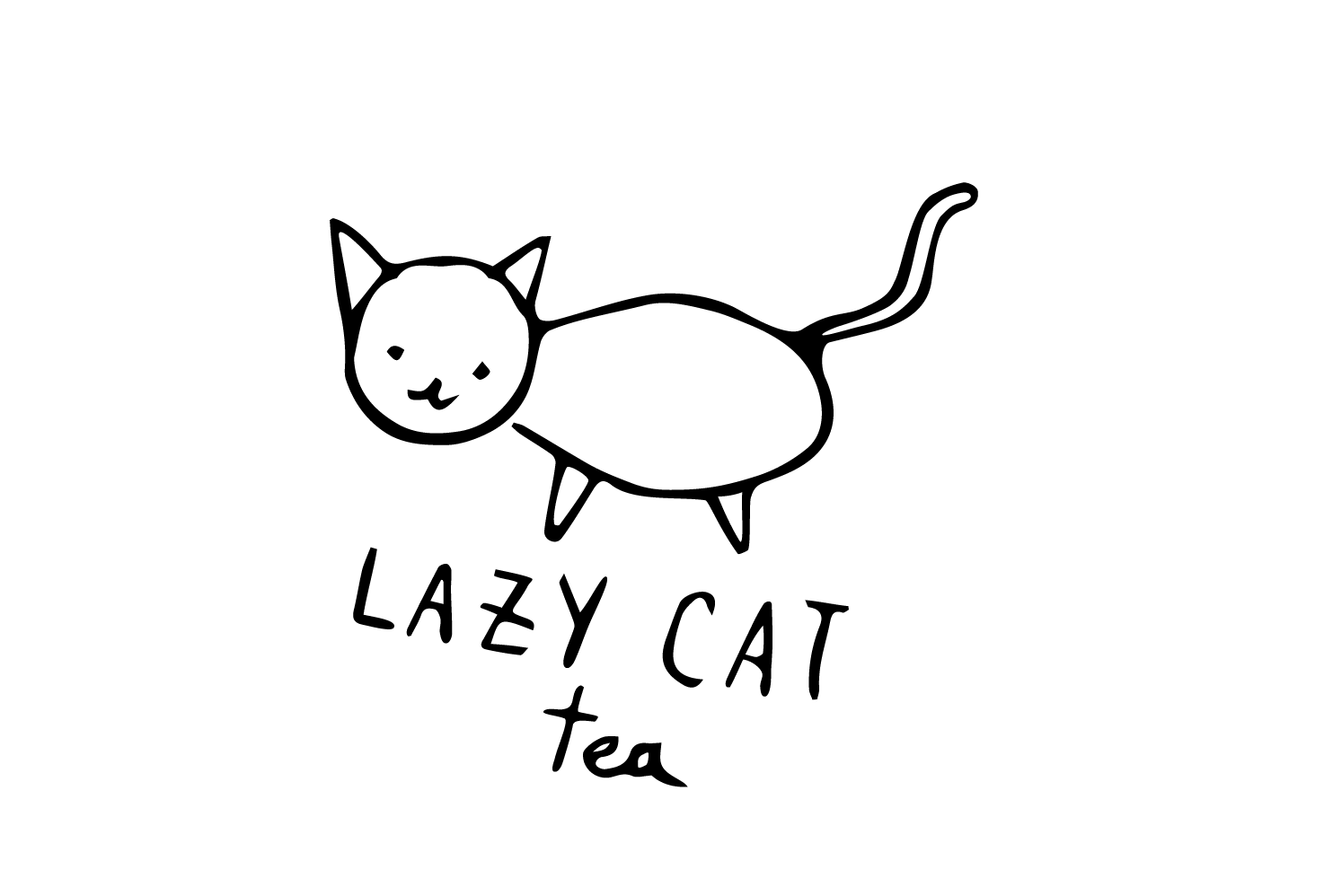All tea comes from the same plant, the tea plant, Camellia Sinensis. The leaves of this plant get picked and processed into any of the 6 tea types. The difference in tea (for example between black and green tea) comes from the tea processing, not from the plant. Not all tea plants are the same though, through thousands of years of drinking man and nature developed many varieties and cultivars (cultivated varieties) that make the nuances of tea so interesting to explore.
What about teas made from other plants?
Any infusion not coming from the Camellia Sinensis plant (for example yerba mate, rooibos, chamomile, mint infusion, vegetable soup minestrone etc etc) is not technically tea. A more correct term for these beverages would be tisane or herbal infusion.
What is oxidation?
Think of when you are cutting an apple, as soon as you cut it the apple starts turning dark, this is the effect of oxidation. After tea leaves are picked from the tree, oxygen coming in contact with the leaves creates this reaction called oxidation that will influence and change the tea leaf. In the same way cooking your apple will stop it from keep getting darker (unless you burn it) oxidation can be stopped too with heat, a process called “kill green”.
What does kill green mean?
This step is how tea makers stop the oxidation of the leaves by applying heat. It can occur through pan frying, steaming, baking or sun drying. It is to note that oxidation will not fully stop but just drastically slow down depending on the level of moisture left in the leaf. This will allow tea to “age”.
What are the types of tea and how do they differ?
As mentioned above, tea types does not differ because they come from different plants (although each cultivar is considered more suitable for a specific type). They differ because of how they are processed. I will here briefly outline the differences.
- White tea
The leaves are picked and simply left to dry reaching varying levels of oxidation. As simple as that. - Green tea
Oxidation is halted very early by applying heat to the leaves (“kill green”). Then the leaves are rolled and dried keeping their green color and flavor. - Yellow tea
Similar to green tea but with one more step after kill green, the leaves are shortly wrapped and piled, supposedly turning a bit yellow. - Wulong tea (often spelled oolong)
Leaves will be left to oxidise but the reaction will be stopped before reaching full oxidation. Because of this variance there are many nuances and steps required to produce this tea and the results will vary greatly from “greener” wulong to almost “black” ones. - Black tea (in China called hongcha meaning red tea)
Fully (although not 100%) oxidised tea, the whitered leaves are rolled and let fully oxidise. - Fermented tea (in Chinese called heicha meaning black tea)
Many kinds of this tea exist in various chinese regions, the most famous of them being pu’er from Yunnan. All of these teas will undergo some level of fermentation either in a short intense time (such as shou pu’er) or gradually over a long time (such as sheng pu’er).
What is aged tea?
Like wines, cheese and cats, teas age too. Some of the most expensive tea leaves come from decades old teas. The slow process of oxidation and/or fermentation will give these teas a very unique Chen Yun or “aged melody” that being a flavor, it is hard to describe until you try. The result will depend a lot on storage conditions such as humidity, air circulation, temperature etc. Not all old tea is good. You can go ahead and throw out the tea your mom forgot in your spice cabinet above the stove for the past 10 years without worrying much. But try it first, who knows.
What kind of teas are aged?
Due to the low level of moisture in green tea, this is the kind of tea that is considered having the shortest shelf life. About 3 months in general especially if not refrigerated. However I did try interesting aged green tea before so who knows.
Other teas are all regularly more or less aged, especially fermented teas. Sometimes for decades. Aging tea and observing how your tea changes over the years is another dimension that makes drinking tea so interesting. However beware of the type of tea and storage environment. Some teas will be a waste not to drink when they are at their best.

